Time Period: Early Twentieth Century (1901 - 1940) - Starting with H
aka: Helen Dunlap Memorial School for Mountain Girls
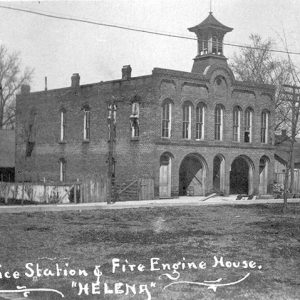 Helena City Hall
Helena City Hall
Helena Depot
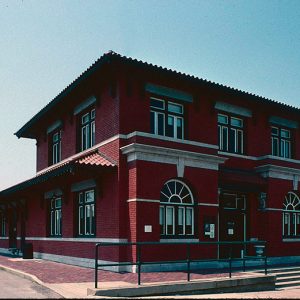 Helena Depot
Helena Depot
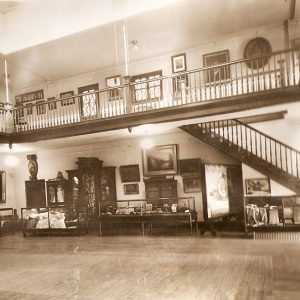 Helena Museum Interior: 1938
Helena Museum Interior: 1938
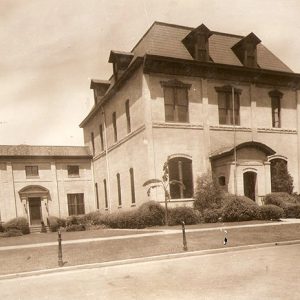 Helena Museum of Phillips County
Helena Museum of Phillips County
Helena Museum of Phillips County
aka: Helena Library and Museum
Helena National Guard Armory
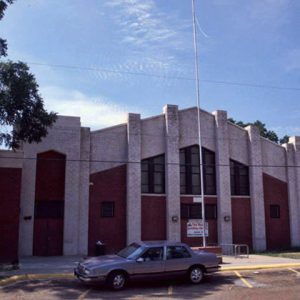 Helena National Guard Armory
Helena National Guard Armory
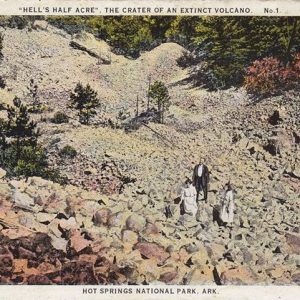 Hell's Half Acre
Hell's Half Acre
 "Hello, the Boat!"
"Hello, the Boat!"
Hellom (Lynching of)
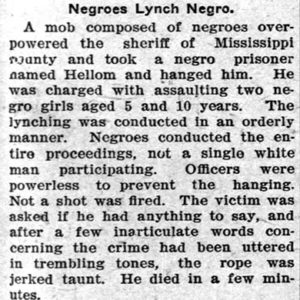 Hellom Lynching Article
Hellom Lynching Article
Helton, Kit (Execution of)
Hembree, Lathe (Execution of)
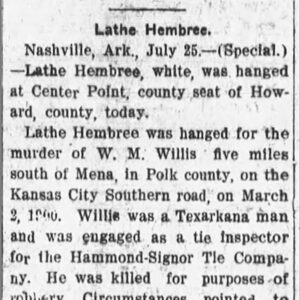 Lathe Hembree Execution Article
Lathe Hembree Execution Article
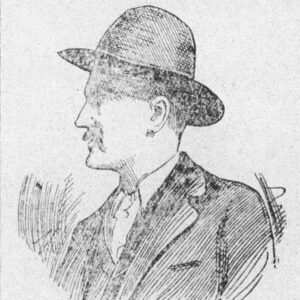 Lathe Hembree Portrait
Lathe Hembree Portrait
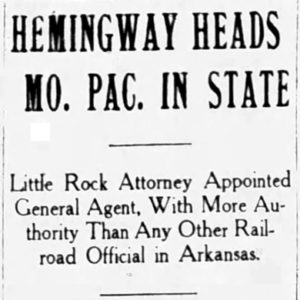 Hemingway Railroad Article
Hemingway Railroad Article
Hemingway-Pfeiffer Museum
Hempstead, Fay
 Fay Hempstead
Fay Hempstead
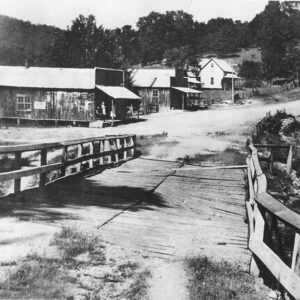 Henderson before Lake
Henderson before Lake
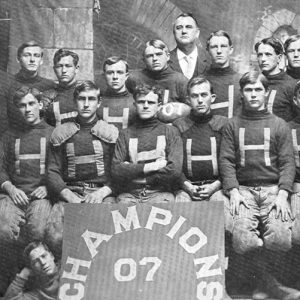 Henderson College Team, 1907
Henderson College Team, 1907
 Henderson Ferry
Henderson Ferry
 Henderson Ferry
Henderson Ferry
Hendrix College Addition Neighborhood Historic District
 Hendrix College Concert Band
Hendrix College Concert Band
Henry Atchley House
Henry McKenzie House
 Dallas Herndon
Dallas Herndon
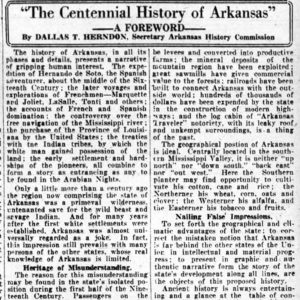 Article by Dallas T. Herndon
Article by Dallas T. Herndon
Herndon, Dallas Tabor
Herschell-Spillman Carousel
aka: Over the Jumps Carousel
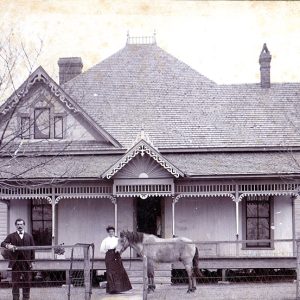 Hester House
Hester House
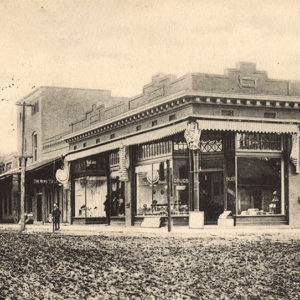 Hesterly Drug
Hesterly Drug
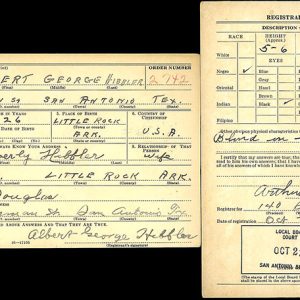 Hibbler Draft Card
Hibbler Draft Card
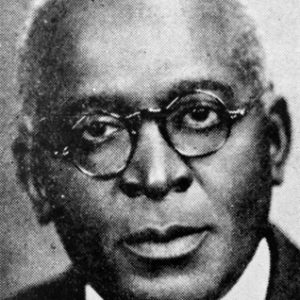 John Hibbler
John Hibbler
Hicks, Ed
Hicks, Robert (Lynching of)
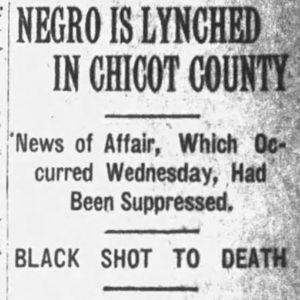 Robert Hicks Lynching Article
Robert Hicks Lynching Article
 High Lonesome Road
High Lonesome Road
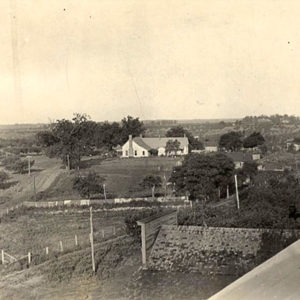 Highland Orchard
Highland Orchard
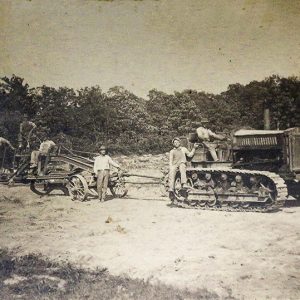 Highway 14 Construction
Highway 14 Construction
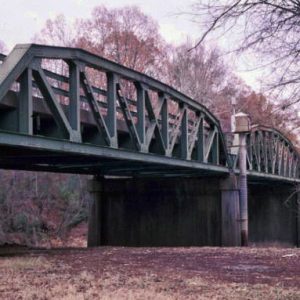 Highway 67 Bridge
Highway 67 Bridge
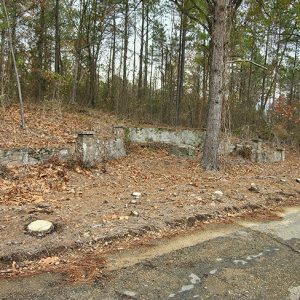 Highway 67 Rest Area
Highway 67 Rest Area
Highway 7/51 Bridge
aka: Arkadelphia Bridge
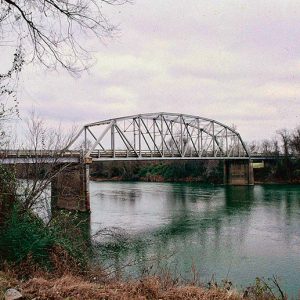 Highway 7/51 Bridge
Highway 7/51 Bridge
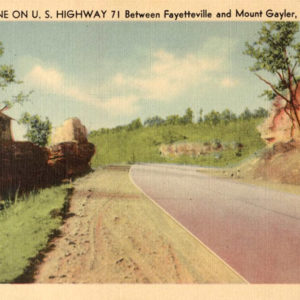 Highway 71 Postcard
Highway 71 Postcard




